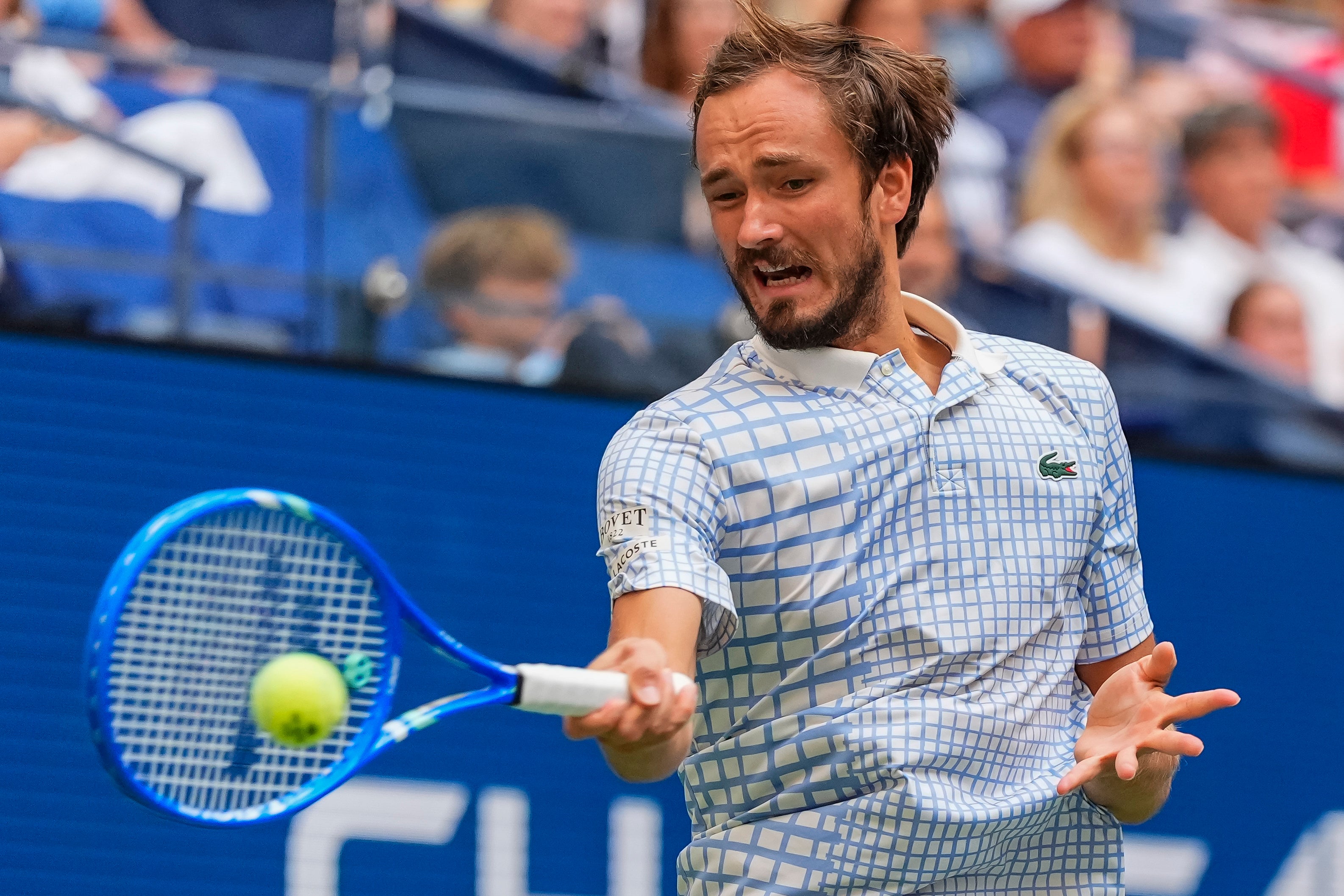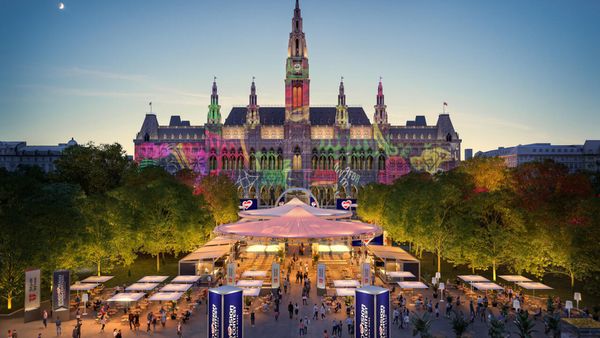There is something in the air in New York around the time of the US Open that can lead to opportunity. While the dominance of Roger Federer, Rafael Nadal and Novak Djokovic was often apparent during the first three grand slam tournaments of a season, in later years the fourth and final one was where a window could sometimes open up. Marin Cilic’s victory over Kei Nishikori in the 2017 US Open final is a prominent example of a rare breakthrough in the era of the “Big Three”, as was Dominic Thiem’s win over Alexander Zverev in 2020.
Thiem’s win over Zverev, at an empty Arthur Ashe Stadium during the pandemic, made him the first male player born in the 1990s to win a grand slam title. A year later, Daniil Medvedev became the second player from that decade to capture a major, when Djokovic finally ran out of road in his bid to win all four in the same season. That, too, was evidence of the US Open sometimes acting a little differently, where the buzz of New York blends into the weary end of a long summer and throws up something unexpected.
But as the US Open returns to Flushing Meadows, there is a sense that the window of opportunity that could once open for those players born in the 1990s, the generation suppressed for so long by the era of Djokovic, Nadal and Federer, is now rapidly disappearing from view. Djokovic, Nadal and Federer, backed up by Andy Murray, Stan Wawrinka and a strong supporting cast, combined to win 80 grand slam titles for the 1980s class. In contrast, Thiem and Medvedev’s triumphs account for the only two won by the 1990s, and Thiem has already retired.
Meanwhile, Jannik Sinner and Carlos Alcaraz, the two best players in the world, have already won nine for the 2000s, including the last seven in a row. The baton has been passed at staggering speed. This season, Sinner and Alcaraz have already battled in Paris and London. A New York final, between the past two winners of the US Open, would be a fitting and historic end to a changeover year, and a second consecutive season where the two young rivals split the grand slams.
And while the clashes between Sinner and Alcaraz are compelling, as each rival raises the stakes and looks to push the other to greater heights, the shifting landscape of men’s tennis can also be seen by what is happening around them. An entire generation of players, some of whom were promised to rule once the days of Djokovic, Nadal and Federer were over, are at risk of being bypassed as their world shifts from under their feet. There is now a chance they are lost completely.
At last month’s Wimbledon, the once-hyped next triumvirate of men’s tennis, Medvedev, Zverev and Stefanos Tsitsipas, were all knocked out in the first round. All three have endured tough moments before – indeed, all three have lost a grand slam final from two sets up, and Medvedev has done it twice – but the crisis of confidence and the absence of any semblance of form or purpose on the court represented a new low for the trio once known collectively as the “Next Gen”.

Zverev spoke of feeling lonely and “lacking joy”. Tsitsipas has taken what is widely seen as a backwards step by reappointing his father as coach following a brief but turbulent two-month spell with Goran Ivanisevic. Following Tsitsipas’s first-round retirement at Wimbledon, Ivanisevic, who coached Djokovic to nine grand slam titles, said he was “shocked” with Tsitsipas’s fitness and had “never seen a more unprepared player in my life”.
Tsitsipas, a three-time grand slam finalist, has slipped to 28th in the world ahead of the US Open, while Medvedev has now fallen outside of the top 10 only two years after he defeated Alcaraz in the semis and lost to Djokovic in the New York final. Medvedev has at least won a grand slam, but he has not lifted a title of any kind in over two years. Once a serious contender for the biggest tournaments, Medvedev currently looks as lost as anyone, as if the ascent of Alcaraz and Sinner has left him in no man’s land. His grand slam record this season is 1-3.

Medvedev had once positioned himself as a disruptor, a player capable of scrapping through draws to then rise to the occasion and reach the biggest finals. Who is that figure now? And is there anyone over the age of 25 who could potentially upset the odds other than the 38-year-old Djokovic, who again goes in search of his 25th grand slam title?
Perhaps there is an absence of belief. Sinner and Alcaraz have started to collect souls; from Sinner’s destruction of Taylor Fritz and Zverev in their grand slam finals or Alcaraz’s one-sided match-ups with Medvedev and Tsitsipas. Casper Ruud has similarly suffered at the hands of Sinner and Alcaraz, as has Andrey Rublev and Alex de Minaur.
Instead, the challenge may come from another 2000s player, perhaps in Ben Shelton, who was the champion in Toronto but whose defeats in grand slams this season have all come to either Alcaraz or Sinner, or a Jack Draper or Lorenzo Musetti.
They are in the bracket of players who will be aware that they must try and grab onto Alcaraz and Sinner’s coattails as they are taking off. Others, from Zverev to Medvedev and Tsitsipas, may be dealing with the realisation that it is already too late.
Ben Shelton vs Ignacio Buse and Aryna Sabalenka vs Rebeka Masarova at the US Open will begin at 5pm (BST). Coverage is on Sky Sports Tennis and Sky Sports+
US Open order of play and day one schedule including Novak Djokovic and Aryna Sabalenka
Making sense of Aryna Sabalenka’s season and her curious position before US Open
Divisive US Open mixed doubles was a surprise success but must change to survive
US Open 2025: Men’s and Women’s seeds list and tracker
US Open record prize money: How much do players earn round by round?







